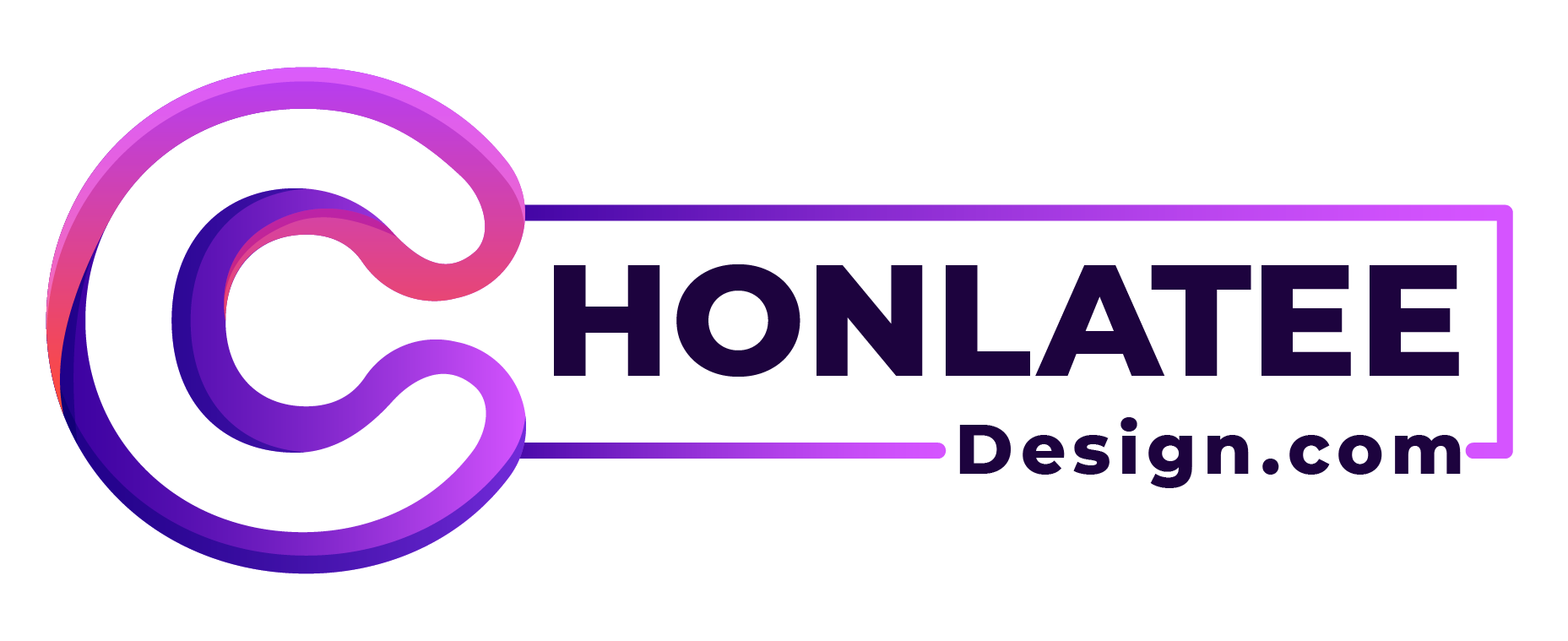Content
As the regulatory landscape continues to evolve, staying informed about these qualifications will be key for anyone looking to participate in the burgeoning field of security tokens. For example, consider a real estate STO where a company issues tokens representing shares in a property. Investors can buy these tokens, effectively owning a fraction of the property and earning a proportionate share https://www.xcritical.com/ of the rental income. This model not only democratizes real estate investment but also provides a clear, blockchain-based record of ownership.
Bitcoin: The Major Cryptocurrency, Its History, Adoption, and Future
Marketing regulations will likely need pre-approval from authorities in accordance with their governance laws during this phase. Issuers can engage and identify investors through meetings, roadshows, and deck distribution by working closely with brokers. Brokers play a critical role in executing due diligence on the STO creator’s and investors’ information to ensure precision and completeness for a successful outcome. During this phase, STO creators need to check out necessary compliance, which changes depending on the tokens’ jurisdiction and its sto vs ico nature.

More Crypto Learning Hub GuidesView all
However, this hype was soon followed by a series of issues, including scams, lack of regulatory oversight, and fraudulent projects. One example of a security token includes asset-backed tokens, which represent fractionalized ownership of real-world assets like real estate or art. For both the company and the end user, leveraging blockchain technology and smart contracts for security tokens requires technical knowledge. Proof of work Blockchain systems’ security, scalability, and interoperability can be complex to understand. STOs are regulated for fundraising compared to initial coin offerings (ICOs), which are also used for raising capital but are more loosely governed.
What are the key advantages of choosing an STO over an ICO?
Debt tokens are short-term loans involving interest rates for investors that can provide a company with capital. It’s important to note that success in these fundraising models often depends on factors like the project’s concept, team, market demand, and regulatory compliance. TRON’s ecosystem offers a conducive environment for ICOs leveraging speed and accessibility in their token offerings. Blockchain technology continues to evolve, presenting opportunities and challenges for ICOs and STOs. As the underlying technology for both fundraising methods, the future of blockchain plays a pivotal role in shaping their trajectories. The first alternative to ICOs became STOs with their increased regulations and safety for investors.
- From the perspective of startups and enterprises, STOs present an innovative fundraising mechanism.
- The involvement of government bodies that follow strict regulatory requirements adds more trust for the token investors.
- STOs, on the other hand, are a more regulated and secure method of fundraising.
- Many modern platforms – some of which don’t provide actual ownership of securities – do not require paper certificates.
- Institutional involvement and a focus on compliance are also expected to shape the industry’s direction.
IPOs, ICOs, and STOs – What’s the Difference?
For this reason, finding a potential buyer during a bad market condition can be tedious and time-consuming. The buying and selling process involved with illiquid assets like real estate consists of a time-consuming process involving finding a potential buyer or seller within a budget. Then, the buyer or seller needs to go through a lengthy registration process and pay broker fees and other charges. Security tokens are frequently backed by physical assets like investment contracts, real estate, or stock certificates. Security tokens reflect real-world asset ownership, firm shares, or participation in an investment contract. STO tokens provide financial benefits like as dividends, profit-sharing, and voting rights.
In the case of these tokens, the interest rate, interest payout time, and other related terms and conditions are mutually agreed between the lender and borrower. ICOs may provide more flexibility but can also be riskier and less predictable in terms of future outcomes. Other factors such as poor marketing can pose limitations to the success of an ICO. STOs are made to abide by the securities laws of the countries in which they are made available. Creating a unique crypto token on various blockchains with our experienced blockchain developers and enhance your crypto business. Merj is an international securities exchange held in the Republic of Seychelles since 2011.
Security Token Offerings (STOs) are a relatively new form of raising capital through blockchain and cryptocurrency. They represent an alternative to traditional equity investment and are one of the most promising new trends in the crypto world. Consequently, security token issuers must clearly define every detail related to the token ownership. Security token offering (STO) and initial coin offering (ICO) might seem similar, as both are used to raise funds for projects.
Tech Report is one of the oldest hardware, news, and tech review sites on the internet. We write helpful technology guides, unbiased product reviews, and report on the latest tech and crypto news. We maintain editorial independence and consider content quality and factual accuracy to be non-negotiable. When you chart your journey in this dynamic space, always prioritize understanding, due diligence, and aligning with the evolving tides of the blockchain world. Binance Smart Chain has emerged as a popular alternative for ICOs, primarily due to its high-speed transactions and lower fees than Ethereum. Its compatibility with Ethereum development tools makes it convenient for token creation.
Many modern platforms – some of which don’t provide actual ownership of securities – do not require paper certificates. While the allure of blockchain continues to captivate, making an informed choice between STOs and ICOs will be pivotal for project initiators and investors alike. Selecting between STO and ICO for crowdfunding hinges on your project’s nature, regulatory considerations, investor preferences, and risk tolerance. ICOs’ transparency can vary significantly, potentially exposing investors to uncertainties. These methods serve as vital avenues for companies and startups to secure capital, yet diverge substantially. In the realm of cryptocurrency fundraising, the debate between Security Token Offerings (STOs) and Initial Coin Offerings (ICOs) rages on.
EOS focuses on scalability and user-friendly smart contracts, making it an attractive choice for ICOs that offer a seamless user experience. Its delegated proof-of-stake (DPoS) consensus mechanism enhances performance by facilitating faster transactions and efficient resource allocation. Ethereum’s versatility extends beyond STOs; it remains a go-to choice for Initial Coin Offerings (ICOs). Its widespread adoption, extensive developer community, and well-established token standards such as ERC-20 and ERC-721 simplify the process of creating ICO tokens. Tezos has gained recognition in the blockchain space for its unique feature of self-amendment, which enhances its suitability for STOs.
Security tokens require extensive regulations, so they are not traded on regular token exchanges. However, they are similar to ICOs (initial coin offerings) in that they are fungible tokens, meaning that they hold monetary value. On the other hand, Security Token Offerings (STOs) are gaining momentum as a secure and compliant fundraising alternative. The inherent security and transparency offered by STOs make them an attractive option for institutional investors, retail investors, and companies looking to tokenize real assets. ICO, short for Initial Coin Offering, is a fundraising method where a company issues digital tokens or coins to investors in exchange for cryptocurrency, typically Bitcoin or Ethereum.
One of the first was the BitTorrent listing on the new Binance Launchpad platform. The investor hype for this one was so great that the Binance Launchpad platform crashed under the weight of so many users attempting to access the site and purchase tokens. Within a couple of minutes, the IEO was complete, with BitTorrent (BTT) raising $15 million. IEOs are similar to the ICO, but the exchange takes full responsibility for the fundraising process, including vetting the blockchain project to determine if it is legitimate and likely to be successful. The investment in an ICO is best described as a high-risk, high-reward venture and there is no security for funds. If you are looking for a list of potential investments, then check out our review of the best ICO websites.
The democratization of access to investment opportunities is a key advantage of STOs. With the advent of blockchain technology, investors from across the globe can participate in token offerings, subject to local regulations. This global participation could lead to a more diverse and resilient investor base. To highlight these differences with an example, consider the case of tZERO, a platform that facilitates the issuance and trading of security tokens.
Legal protection for STOs includes compliance with numerous securities regulations, addressing smart contract reliability, managing cross-border issues, etc. In some jurisdictions, investors are only able to invest in an STO if meeting specific net worth or income requirements. Verifying investors can be a challenge because of potential resource constraints, contrasting regulatory frameworks, privacy concerns, and being resource-intensive. When the market cap of cryptocurrencies fell by over $750B, regulatory bodies began looking into more secure legislation for STO blockchain tokens. At this stage, service providers are usually appointed to custody underlying assets, distribute tokens, and manage cash flow.
